
Sanskrit is an ancient and classical language of India in which ever first book of the world Rigveda was compiled. The Vedas are dated by different scholars from 6500 B.C. to 1500 B.C. Sanskrit language must have evolved to its expressive capability prior to that. It is presumed that the language used in Vedas was prevalent in the form of different dialects. It was to some extent different from the present Sanskrit. It is termed as Vedic Sanskrit. Each Veda had its book of grammar known as Pratishakhya. The Pratishakhyas explained the forms of the words and other grammatical points. Later, so many schools of grammar developed. During this period a vast literature -Vedas, Brahmana-Granthas, Aranyakas, Upanishads and Vedangas had come to existence which could be termed as Vedic Literature being written in Vedic Sanskrit.
Sanskrit has been the source of later languages and literature in India. Pali and Prakrit were first to develop from Sanskrit. Pali was taken as means for exposition of Buddhistic ideas and Prakrit was used for the spread of Jain doctrines. Most of the Buddhistic literature is written in Pali and that of Jain cult in Prakrit. A vast amount of Buddhistic and Jain literature was also written in Sanskrit simultaneously. Prakrit language had different shades in different parts of India. So they were named as Paishachi, Shourseni, Magadhi, Ardha – magadhi and Maharashtri. These Prakrits were used for writing ornate poetry like Gaha Saptashati and Karpur Manjari and also in Sanskrit drama as dialogues of ladies and illiterate characters. From each type of Prakrit various Apabhramsha languages developed bearing the same name as Paishachi Apabhramsha, Shaurseni Apabhramsha and so on. Modern Indian Languages are developed from these Apabhramsha languages.
Experienced Faculty: Benefit from the guidance of experienced instructors who are experts in their respective fields and committed to your academic success.
Practical Learning: Gain practical, hands-on experience through interactive sessions, case studies, projects, and industry-relevant assignments that prepare you for real-world challenges.
Career Opportunities: Unlock exciting career opportunities and pathways for personal and professional growth in high-demand industries, both nationally and internationally.
State-of-the-Art Facilities: Access cutting-edge facilities, modern classrooms, and advanced technology infrastructure that support an immersive and engaging learning environment.
A1: A lot of motivation is given to the learner to express his/her feelings, opinions and needs in the same language. The learner will be able to understand and use common expressions and very simple sentences. The learner will be able to introduce himself/herself and freely ask general questions from others.
A2: The learner will be able to read and write simple sentences and paragraphs. A lot of emphases is given on the grammar and pronunciation of the language. The clear understanding of the basics is given a lot of significance. The learner will be able to communicate in general daily tasks.
B1: The learner will be able to improve their speaking ability and fluency. Also, a clear understanding of the language will be developed and he/she will easily be able to express himself/herself on a range of topics related to personal interests, work, and other familiar topics.
B2: A great importance is given to provide the learners with space where they can learn and communicate freely in the language. She/he will learn new idioms, expressions and will master the creative use of the language. The learner will be able to create comprehensive and detailed text on a wide range of topics.
C1: The learner will be able to write letters and will have a hands-on practice to use the language in a smooth manner. The learners are given a thorough knowledge about the literature, history, and culture of the language.
C2: The learner will have a great command on the language. The learners are instructed to practice novels, magazines and a variety of assignments. The learner will be able to understand, read and write the language with ease and will achieve perfection in all the circumstances.









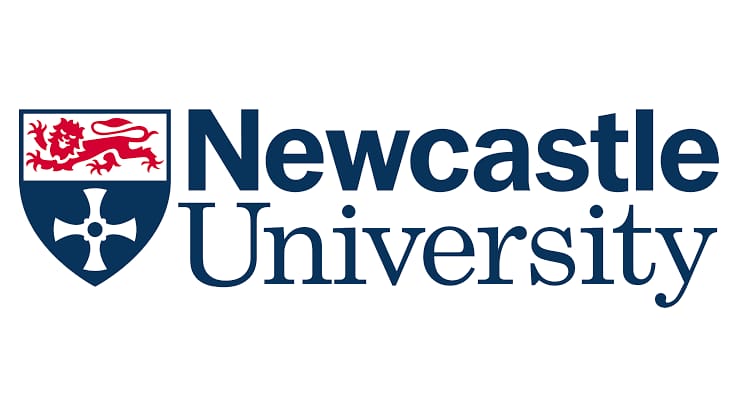

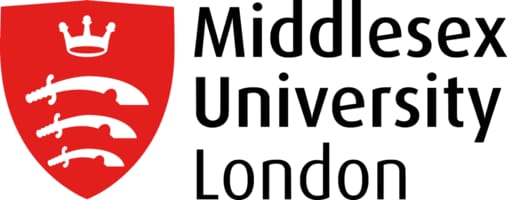
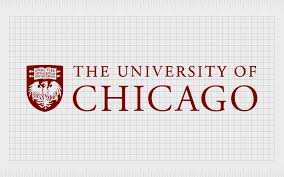
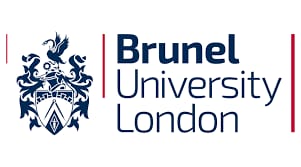




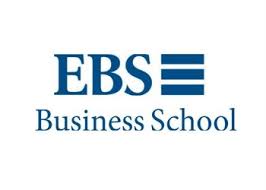

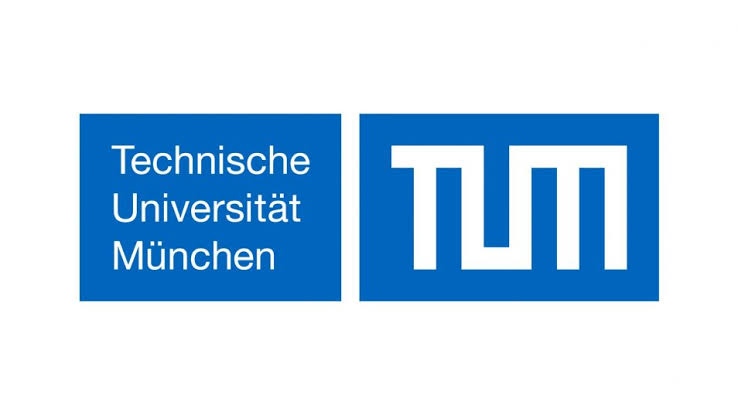



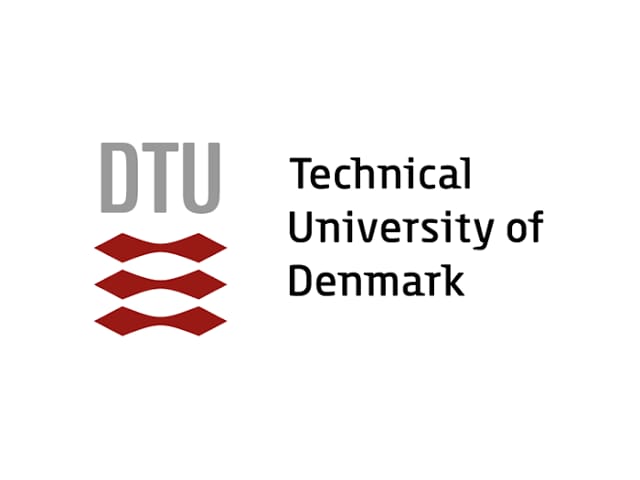
#Near Cafe Coffee Day, Civil Line, Roorkee-247667, Haridwar, INDIA
. Roorkee, Haridwar, Jaipur in INDIA . Berlin, Frankfurt in GERMANY . Perth, Melbourne in AUSTRALIA . Dubai in UAE
+91 9897339100
+91 9887 339 100
+49 176 8493 8262
© Acharyakulam. All Rights Reserved.